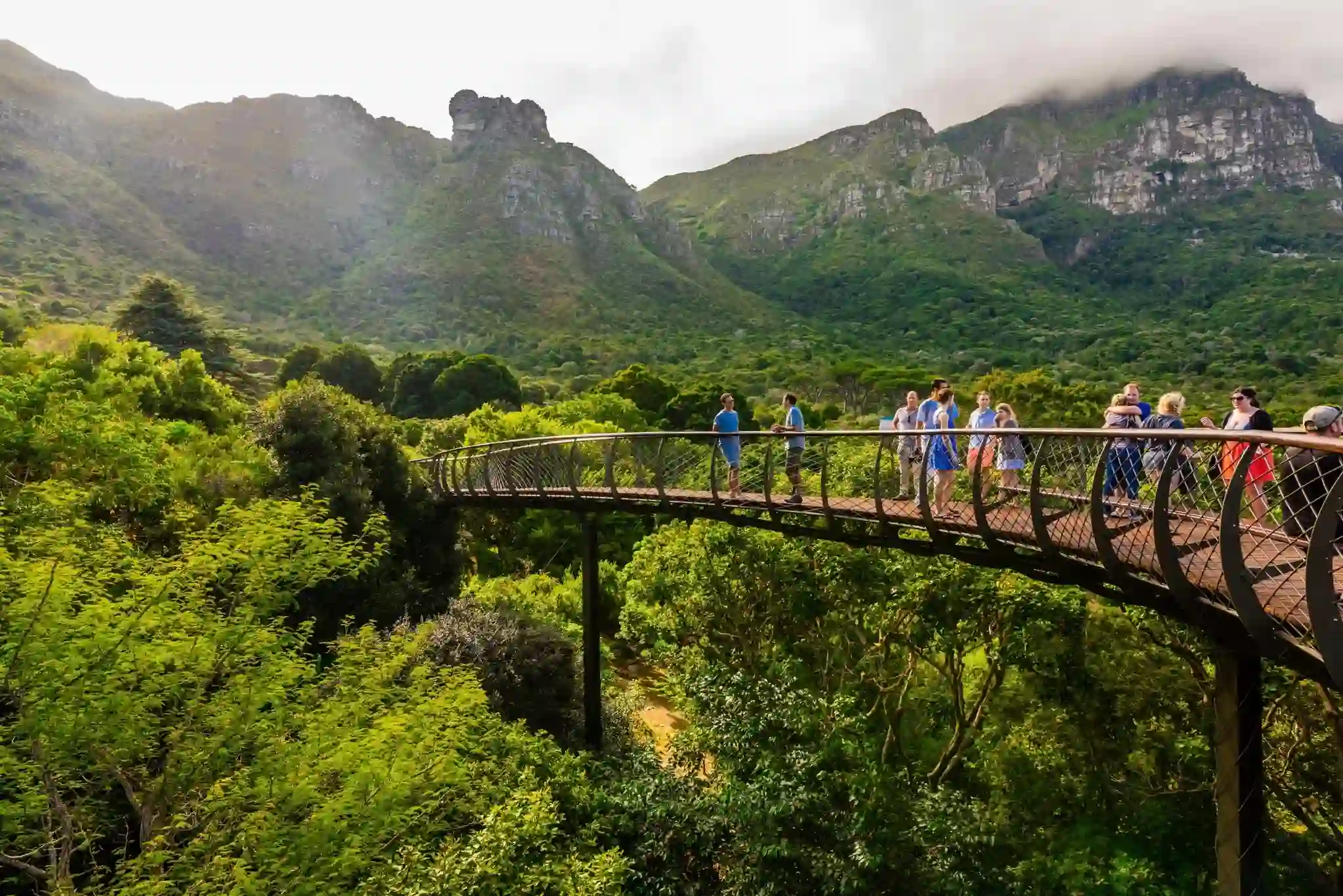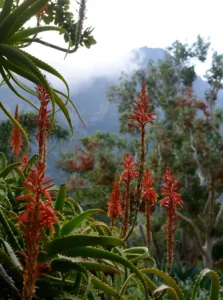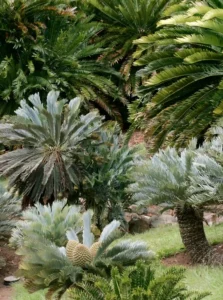The New York Times Style Magazine recognized Cape Town’s Kirstenbosch National Botanical Garden among the Top-25 Gardens Around the World. The iconic South African garden is featured alongside some of the world’s most visited green spaces.
US based Magazine placed Kirstenbosch National Botanical Garden on 9th and described that “While native gardening has only recently become mainstream in the United States, the concept is nothing new in South Africa.”
“Case in point: this botanical garden in the Western Cape province, the first of its kind in the world dedicated entirely to indigenous flora, was established over a century ago in 1913,” added New York Times.
The Magazine mentioned, “Kirstenbosch National Botanical Garden is located eight miles outside the city center and is set against the backdrop of Table Mountain’s eastern slope, the 1,305-acre public space showcases over 7,000 species, with high priority given to the singular fynbos biome, which is found almost exclusively in the country’s Western Cape region and includes stiff, structured proteas, shaggy, flowering ericas and tufted, reedlike plants called restios.”

“The garden also consists of a robust collection of spiky cycads, type of seed plant some believe predates the dinosaurs, and visitors might also spot local fauna, including brilliantly colored sunbirds, which resemble hummingbirds, owls and wildcats. The tree Canopy Walkway, a curved, steel-and-timber treetop bridge that is inspired by a snake’s skeleton, winds 65 feet above it all, offers mountain vistas and sweeping forest views,” penned Johanna Silver (the writer for Kirstenbosch National Botanical Garden).
Commenting over this, Mori said that “they’ve been collecting indigenous plants that one can’t see anywhere else since the early 20th century, so it’s very significant. And the setting right by Table Rock Mountain is quite beautiful.”
Another person Richardson commented, “It’s maybe the most spectacular botanical garden in the world. It’s not really a botanical garden in a normal sense but more like a mountainside. You can’t do it all in one day, you do bits and then come back another day and do other bits. It’s quite wild.”
Criteria used to choose the Gardens
But the gardens were not selected as such they went through some criteria to get included among Top-25 Gardens Around the World. As part of the American Magazine’s T25 series, which featured top 25 lists of various cultural and artistic topics, the must-see gardens list was compiled by a panel of six horticultural experts.
Each panelist was asked to nominate 10 must-see gardens and, on a video call in March, they spent almost four hours winnowing down that long list to a definitive 25.
The panel consisted of one of France’s best-known landscape designers, Louis Benech and Deborah Needleman, a garden editor at House & Garden. Other panelists included Juliet Sargeant, the first Black woman to have a show garden at the Chelsea Flower Show, author Tim Richardson, The Japanese-born, New York-based architect and plant lover Toshiko Mori and Delavan, an interior decorator and green thumb.
Kirstenbosch National Botanical Garden
The garden in Cape Town is nestled at the eastern foot of Table Mountain in Cape Town. The garden is one of 10 National Botanical Gardens which covers five of South Africa’s six different biomes and administered by the South African National Biodiversity Institute (SANBI). Before Sept 01, 2004 this institute was known as the National Botanical Institute.
Kirstenbosch places a strong emphasis on the cultivation of indigenous plants. When Kirstenbosch was founded in 1913 to preserve the flora native to the South Africa’s territory, it was the first botanical garden in the world with ethos, at a time when invasive species were not considered an ecological and environmental problem.
The garden includes a large conservatory – known as the Botanical Society Conservatory, exhibiting plants from a number of different regions, including savanna, fynbos, karoo and others.
Outdoors focus on plants native to the Cape region, highlighted by the spectacular collections of proteas. It is a level IV accredited Arboreta by the ArbNet Arboretum Accreditation Program and The Morton Arboretum.



